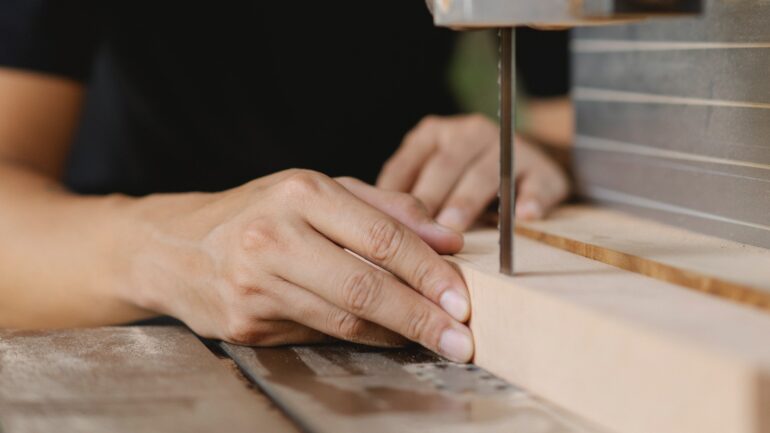Metal blades are a common feature of many edged tools and weapons. They can be made from various materials, including carbon steel, stainless steel, tool steel, and alloy steel. Other materials used for blades include ceramics, obsidian, and titanium alloys. The purpose of a blade is to cut, slash, or pierce the target.
Materials used in blades
There are many different kinds of metals used in metal blades. Carbon steel is the most common but is not the only one. Some types are stronger than others, and some are softer. Carbon steel is a good choice if you’re looking for a cheap, strong blade.
The basic steel used for knives is made from carbon and iron. But steel can be made harder by adding different elements. These elements make up the difference in toughness and hardness, and each has its benefits and disadvantages. For instance, steel with higher carbon content is harder and requires less sharpening.
Carbon is a necessary ingredient in steel, and all steel has some of it. Carbon helps a blade retain its edge, and it reduces wear. Therefore, carbon content is one of the most important factors in blade quality.
Types of blade steels
There are many different types of steel when choosing one for a knife or sword. Many people prefer carbon steel. These types have good tensile strength and are resistant to corrosion. However, they are not as tough as other steels. These blades should be sharpened frequently.
Powder steels are another option, powder steel. These steels are designed to have high corrosion resistance and edge holding. In addition, these steels are easy to sharpen and have high carbide volumes, making them excellent for abrasive cutting. These steels are also easily resharpened.
The carbon content of blade steel
Carbon content is a key factor in blade steels. It makes them harder and better able to hold an edge. As a result, high-carbon steels have more carbon than low-carbon steels. The percentage of carbon in these steels is typically between 0.6% and 1% and may reach as high as 2.5%.
Some of the highest-carbon blade steels are 1.4116 and x50crmov15. V-Gin1 and V-Gin2 are stainless steels containing at least 1% carbon. These two types of steel are similar in composition but have different properties. The V-Gin1 steel is typically used for entry-level diving knives. Another high-carbon steel is VG10, high-carbon stainless steel. It is tougher than most stainless steel and offers excellent cutting qualities and sharpness.
The basic blade steel is made from carbon and iron. Still, different elements can increase the toughness or hardness of the steel—adding different elements to the steel results in major differences in blade types. Adding specific elements such as silicon, chromium, or nickel can increase the hardness of a steel blade. These elements can also improve edge retention and make them less likely to chip.
The corrosion resistance of blade steel
Corrosion resistance is an important factor for blade steels. Many sheets of steel contain chromium to improve their corrosion resistance. Steels with a 12% chromium content or higher are considered stainless steels. The added chromium also adds strength to the blade. However, too much chromium can make the blade steel hard to grind. Too much chromium can make it tough to grind.
Steel with a high carbon content is more corrosion-resistant than one made of low carbon. For this reason, stainless steel is better suited to wet or humid environments. However, a carbon steel blade can be used in fair weather. True stainless steel contains at least 14% chromium. However, different manufacturing processes can result in different results.
The origin of metal blades
Metal blades have evolved from a variety of materials. As a result, some are more durable than others, and modern steels have superior performance over ancient ones. Damascus steel, for example, was extraordinary for its time, thanks to chemical reactions in its production. As a result, modern steel types have even more tensile strength than Damascus alloys.
Samurai swords, for example, may have a million layers of steel. This is possible because of the way the blade was made. Samurai swords were forged by hammering a steel bar to double its length and folding it 32 times. Metal blades made this way are often called Damascus steel. However, they differ from true Damascus steel in several ways, although they may display the same pattern.





